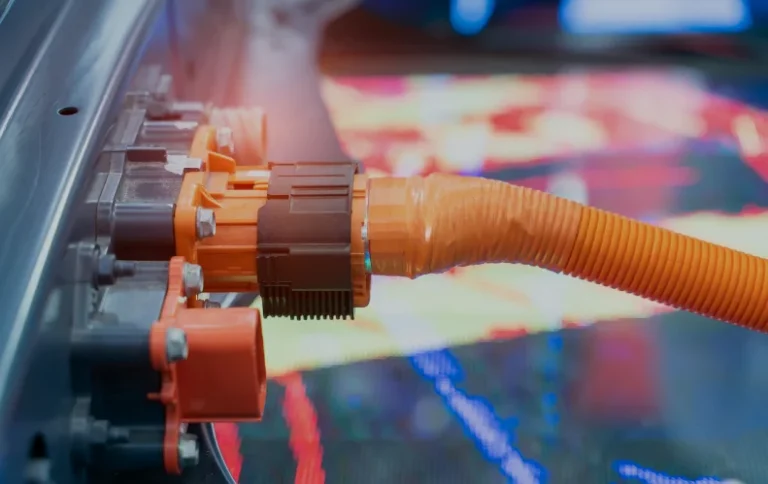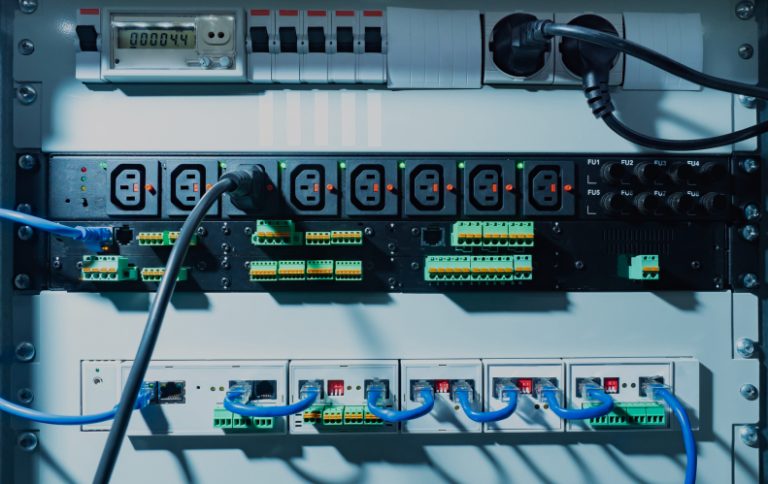Hydraulic torque wrenches are indispensable tools in industries requiring high-torque fastening, such as oil and gas, wind energy, and heavy machinery. At Petra Carbon, we design robust, precision-engineered hydraulic torque wrenches that deliver unmatched accuracy, safety, and efficiency for critical bolting applications. This guide explores how hydraulic torque wrenches work, their advantages, and why Petra Carbon is the trusted partner for industrial bolting solutions.

What Is a Hydraulic Torque Wrench?
A hydraulic torque wrench is a powered tool that uses hydraulic pressure to apply precise torque to bolts, nuts, and flanges. Unlike manual or electric wrenches, hydraulic systems generate immense force (up to 100,000 Nm) with minimal operator effort, making them ideal for large-scale or high-stakes applications.
Key Features of Petra Carbon’s Hydraulic Torque Wrenches:
Torque Range: 500 Nm to 50,000+ Nm for M20 to M200 bolts.
Safety: Reduced reaction force to prevent operator injury.
Durability: Hardened steel construction for 10,000+ cycles.
Explore our hydraulic tools catalog for industry-specific solutions.
Types of Hydraulic Torque Wrenches
Square Drive Wrenches
Use Case: General-purpose bolting in construction and manufacturing.
Features:
– Interchangeable sockets for multiple bolt sizes.
– Compatible with flange alignment tools for pipeline assembly.
Low-Profile Wrenches
Use Case: Tight spaces in wind turbine hubs or subsea equipment.
Features: Compact design with 360° swivel hoses.
Dual-Action Wrenches
Use Case: Bolt tensioning and loosening in refinery maintenance.
Pair With: Hydraulic pumps for synchronized bolting.
Applications of Hydraulic Torque Wrenches
Oil & Gas Pipelines
Secure flanges in high-pressure pipelines (ASME B31.3/B31.8 compliance).
Safety: Eliminate human error in critical joints.
Wind Energy
Assemble turbine tower bolts to exact torque specs (IEC 61400 standards).
Heavy Machinery
Fasten crawler crane tracks and mining equipment under ISO 898-1.
Aerospace
Precision bolting of aircraft engine components (NADCAP certification).
Benefits of Hydraulic Torque Wrenches
| Advantage | Impact |
| Precision | ±3% torque accuracy for consistent fastening. |
| Speed | 5x faster than manual methods. |
| Safety | Reduced musculoskeletal strain on operators. |
How to Choose the Right Hydraulic Torque Wrench
Step 1: Determine Torque Requirements
Calculate bolt load based on diameter, grade, and lubrication.
Step 2: Evaluate Workspace Constraints
Use low-profile wrenches for confined areas.
Step 3: Select Hydraulic Power Source
Electric, pneumatic, or gas-powered hydraulic pumps.
For custom configurations, contact our engineers.
Why Petra Carbon’s Hydraulic Wrenches Excel
Calibration Certificates: Traceable to NIST standards for compliance.
Global Support: 24/7 technical assistance and spare parts.
Custom Kits: Tailored sets with flange spreaders and alignment tools.
FAQs About Hydraulic Torque Wrenches
How often should hydraulic wrenches be calibrated?
Annually or every 5,000 cycles—whichever comes first.
Can hydraulic wrenches be used underwater?
Yes! Our subsea-rated models handle depths up to 3,000 meters.
What’s the advantage over electric torque wrenches?
Higher torque output, better durability, and no reliance on batteries.
At PetraCarbon, we engineer hydraulic torque wrenches to deliver reliability in the most demanding environments, from offshore rigs to wind farms.
🔗 Contact Us for expert guidance or explore our Hydraulic Tools Catalog.
Torque with confidence!



